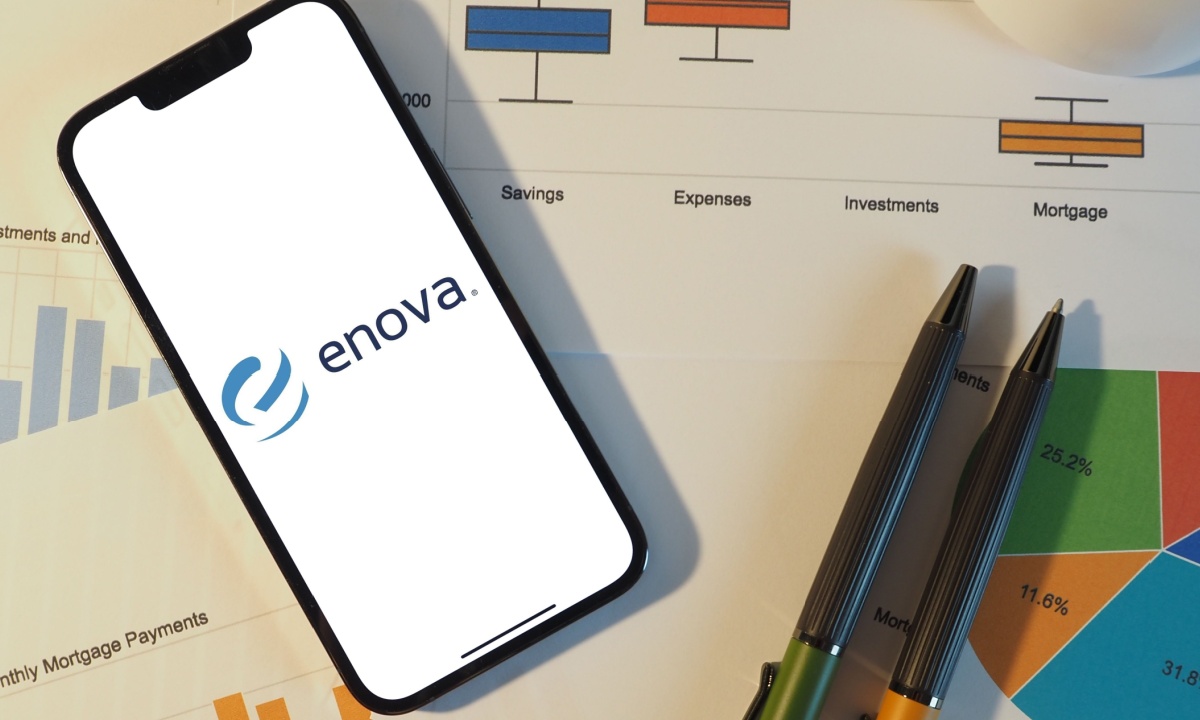Jobs
Enova Reports Record Lending Volume Driven by Jobs, Consumer Spending

Online lender Enova International reported growing lending volume and solid credit performance for the first quarter.
During the quarter ended March 31, Enova’s combined loans and finance receivables increased 23% year over year, reaching a record $3.5 billion. Total company originations for the quarter totaled $1.4 billion, according to the press release.
Small and medium-sized business (SMB) products accounted for 65% of this total portfolio while consumer products accounted for 35%, Enova CEO David Fisher said during the call.
“We believe our diversified portfolio puts us in a unique competitive position to take market share in the non-prime lending landscape,” Fisher said. “Our SMB business lent across a wide range of industries, providing good diversification across the macroeconomic environment. We have both consumer line of credit and installment products that span the subprime and near-prime consumer segment.”
Enova also reported “continued solid credit performance and outlook,” per the press release.
Compared to the same quarter a year earlier, Enova’s charge-offs increased 0.3 percentage point during the quarter. As of March 31, the firm’s charge-offs stood at 8.5% of average loan and finance receivable balance, up from 8.2% on the same date in 2023, the release said.
The net charge-offs remained well below the pre-COVID level of 16.4% in the first quarter of 2019 and 13.9% during the same quarter in 2018, Fisher said during the call.
Delinquency rates rose 1.0 percentage point, reaching 8.1% in the first quarter, up from 7.1% a year earlier, per the release.
Enova has maintained strong credit performance throughout the economic downturn, a performance that it attributes to the risk management capabilities of its analytics and technology, according to the company’s Q1 2024 investor presentation.
“Looking forward, we believe the current macroeconomic environment will yield consistent demand for our products and solid credit performance,” Fisher said during the call.
In the company’s consumer business, demand and credit are driven in large part by jobs and wage growth, Fisher said. Both have been solid. While inflation has been rising, that has less impact on non-prime consumers. Inflation impacts only a couple of percentage points of a consumer’s income, while a job loss affects 100%.
“As we’ve said many times before, in some ways, our consumers are always in a recession,” Fisher said. “They are experienced living paycheck to paycheck and sophisticated at managing variabilities in their finances. As a result, recessions tend to have less of an impact on our non-prime customers than on prime borrowers.”
On the SMB side of the business, the two main drivers of demand and credit are their confidence in the economy and consumer spending, Fisher said.
“Our small businesses aren’t concerned about inflation — strong consumer spending and the ability to increase prices are offsetting that,” Fisher said. “We are seeing stable performance in that portfolio.”








